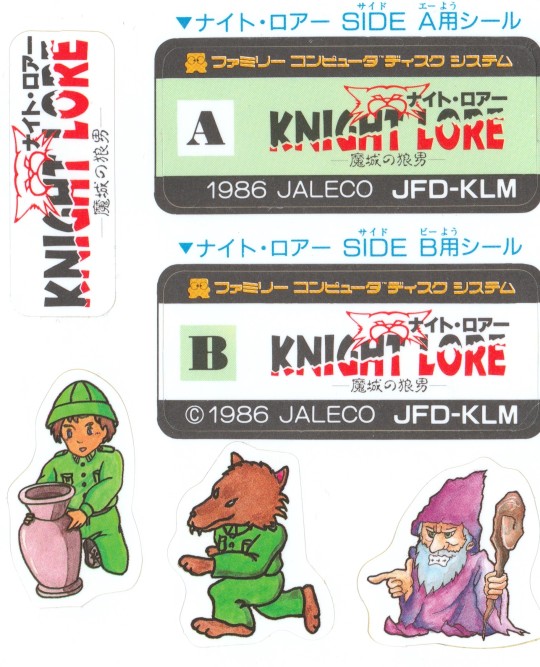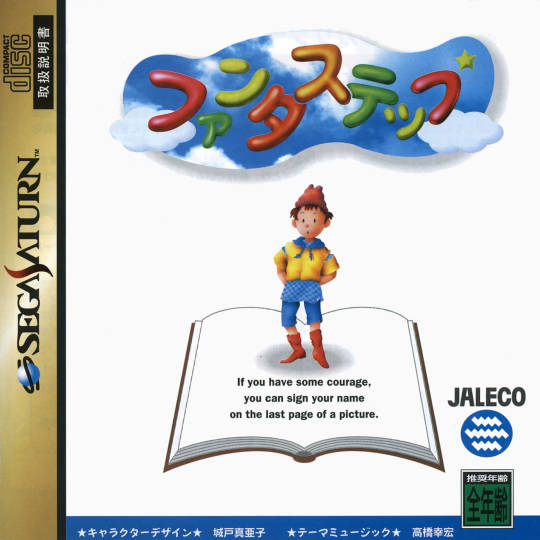#jaleco
Explore tagged Tumblr posts
Text

I wish I could adopt these poor stray mini Japanese arcade cabs... 😅😢🕹️💜😂
23 notes
·
View notes
Text
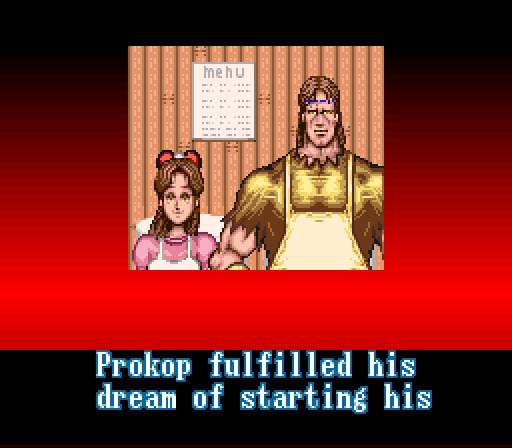
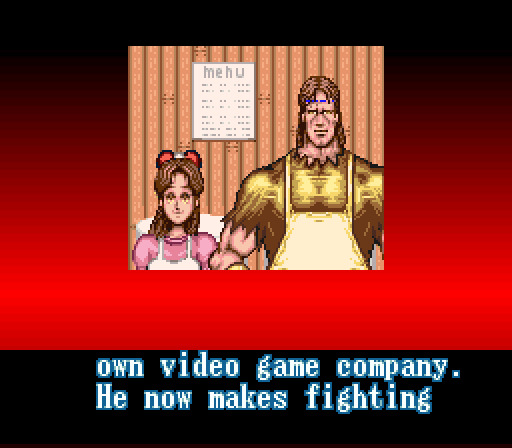
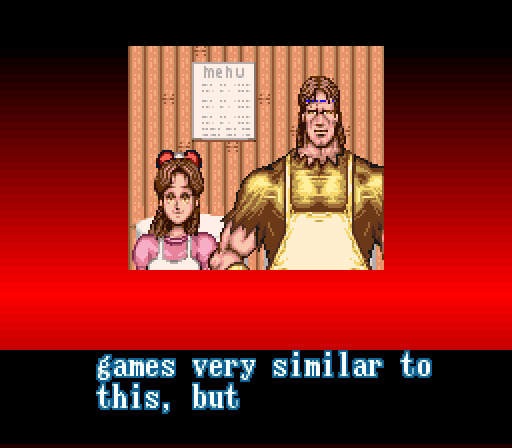

The Peace Keepers aka Rushing Beat Shura
(Jaleco - Super Famicom - 1993)
1K notes
·
View notes
Text

Cybattler (Arcade) (1993)
#cybattler#jaleco#arcade#arcade gaming#shooter#fighter#side scroller#retro gaming#videogames#gaming#games#retrogaming#retrogames#aesthetic#backgrounds#gamebackgrounds#clouds#sky#pixelart#pixelaesthetic
87 notes
·
View notes
Text

フォーメーションZ & アーガス
#@kaerutarouko#Formation Z#Argus#Jaleco#フォーメーションZ#アーガス#Famicom#retro gaming#video games#box art#character design#mecha#mech#robot#shmup#shmups#shoot'em up#console gaming#design
46 notes
·
View notes
Photo
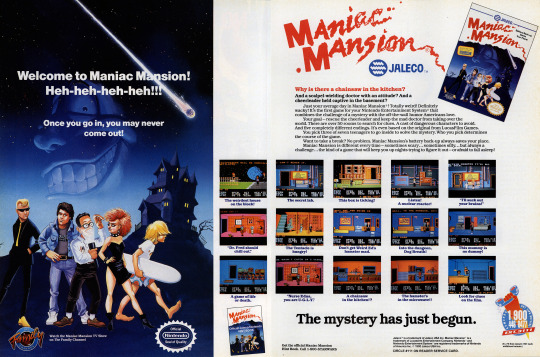
USA 1990
178 notes
·
View notes
Text


" It takes heart to play... What will take yours? " Silicon Mag n31 - March, 2001.
13 notes
·
View notes
Text
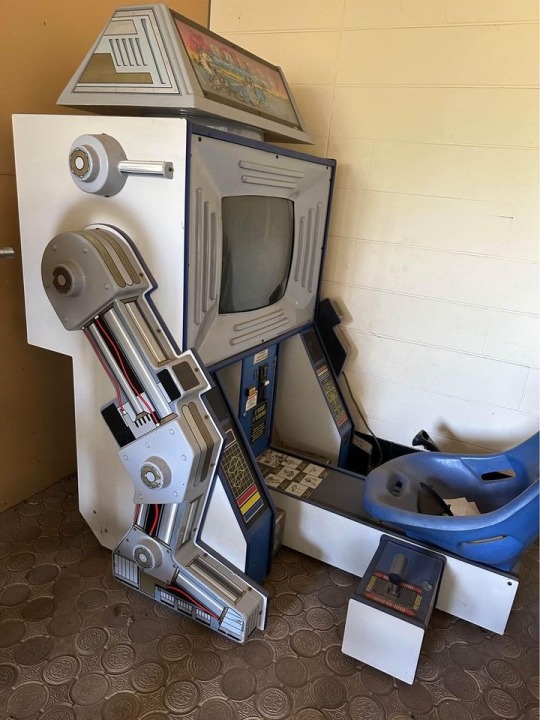
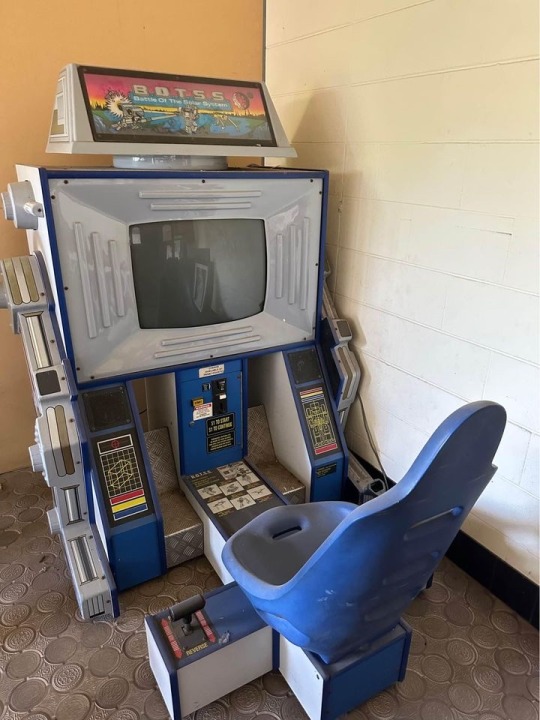


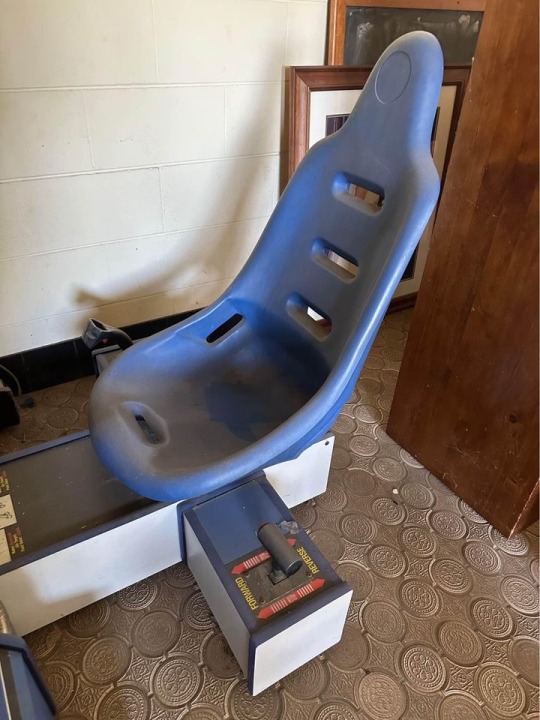
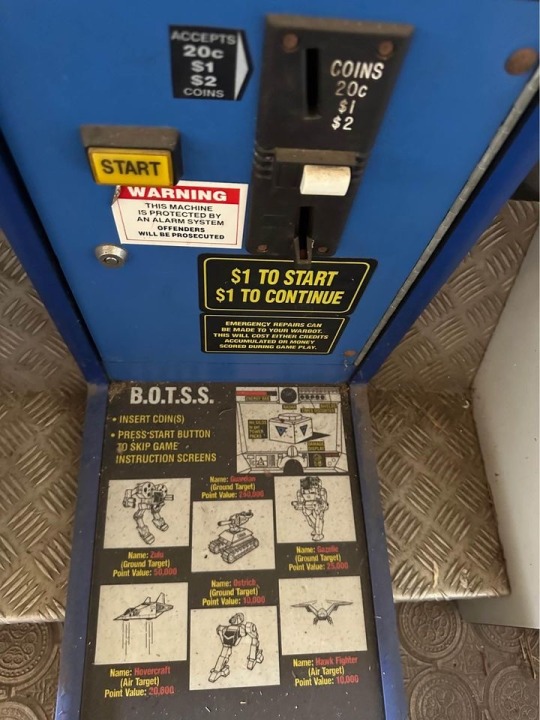
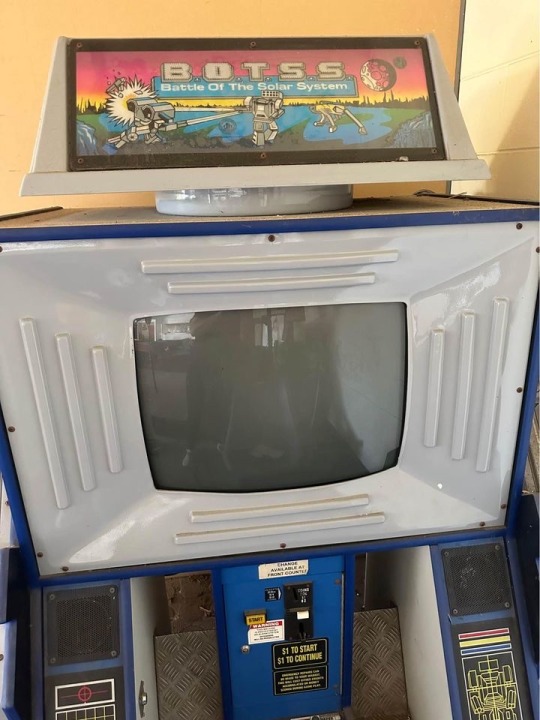
This thing is crazy.
74 notes
·
View notes
Text
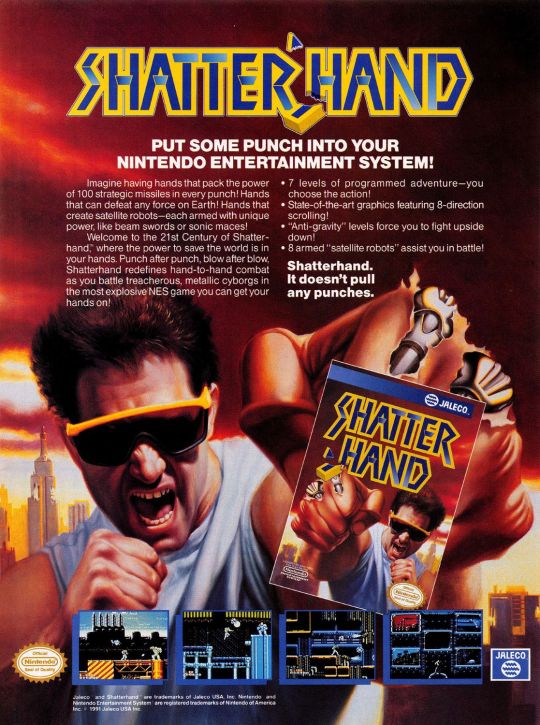
Shatterhand ad (Jaleco, 1991)
35 notes
·
View notes
Text

Rival Turf for Super Nintendo.
67 notes
·
View notes
Text

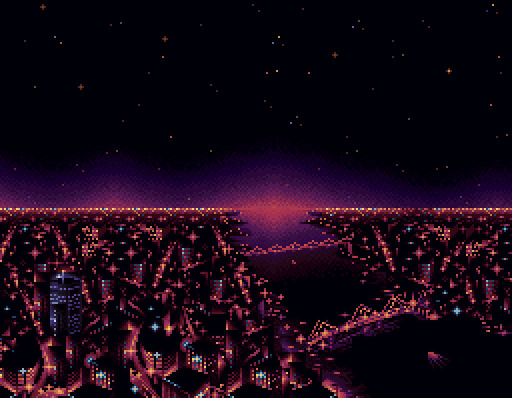
Super Earth Defense Force (Jaleco - SNES - 1992)
787 notes
·
View notes
Text





The Astyanax / The Lord of King (Arcade) (1989)
#the astyanax#astyanax#video games#arcade#arcade gaming#arcade games#pixel art#hack n slash#gaming#retro gaming#the lord of king#jaleco#pixel background#pixel aesthetic
150 notes
·
View notes
Text
#Game Tengoku: The Game Paradise!#ゲーム天国#Game Tengoku#1995#Jaleco#Shmup#Shmups#Shoot'em Up#Sega Saturn#Console Gaming#Arcade Gaming#Design#Game Center#Arcade#Retro Gamng#Video Games#90s#1990s#90s Console Gaming#video
15 notes
·
View notes
Photo

USA 1990
128 notes
·
View notes

